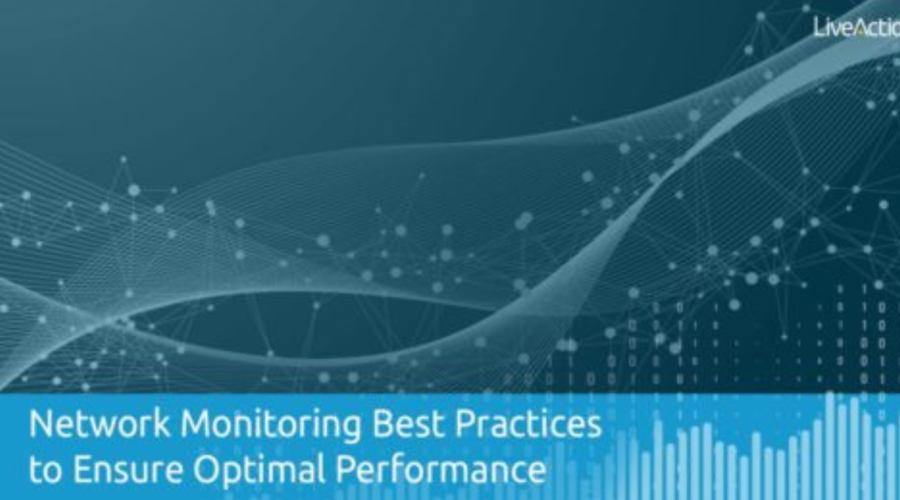Today’s IT landscape is very complex, presenting modern Network Operations (NetOps) teams with a variety of new challenges. As a matter of fact, a recent LiveAction survey found 42% of network professionals report one of those challenges is spending too much time troubleshooting the network. As a result, NetOps are unable to focus on strategic business initiatives that can help improve the bottom line. And while new and innovative technologies like SD-WAN and edge computing are great for productivity (and more), they also make troubleshooting the network difficult and present visibility challenges for many network performance monitoring and diagnostic (NPMD) tools.
With more and more businesses adopting these technologies, it’s imperative for NetOps to find ways to maintain network performance. Let’s explore some network monitoring best practices that can help your NetOps team ensure optimal performance.
Eliminate Tool Sprawl by Using Solutions with a High Level of Interoperability
One of the most important network monitoring best practices is to manage the network as efficiently as possible. This can be hard nowadays with complex networks that require complicated and time-consuming troubleshooting. Historically, highly specialized tools have been made to help NetOps address particular networking challenges. However, the increasing number of niche tools has become more of a burden than a solution, as more than half of NetOps teams rely on between four and 10 tools. Juggling all these tools makes troubleshooting more time-consuming and inefficient.
While adopting specialized network management tools can help resolve specific tasks, it typically will result in poor interoperability between tools and increased workflow complexity. For instance, some NPMD platforms provide packet data for troubleshooting, but not analytical capabilities. Consequently, organizations must either do without those capabilities or use another tool like Wireshark to analyze the packet data. This interoperability and switching between tools is very tedious and takes precious time away that NetOps could be spending on important projects. Thus, the network monitoring best practices for our modern network problems should require tools that have a high level of interoperability. Luckily, unified NPMD solutions remove interoperability issues because everything is in one platform. This streamlines network management workflows and processes, as well as eliminates the issue of tool sprawl and the need for specialized skill sets.
Collect Data from Multiple Sources for Comprehensive Visibility
There are many network data types available for NetOps to analyze such as packet, flow, and SNMP data. These data sources can be extremely valuable when troubleshooting network issues, but without a solution capable of handling multiple data types, NetOps doesn’t have complete visibility. In other words, they are only seeing part of the picture and are vulnerable to network blind spots. This is consistent with our recent survey which found 38% of network professionals report an inability to proactively identify network performance issues. This means instead of identifying potential issues and stopping them before they impact the business, NetOps are forced to wait for problems to occur and then scramble to fix them. Using a solution that doesn’t provide comprehensive visibility makes it almost impossible to identify potential anomalies and issues before they impact the business.
In fact, some highly specialized tools can’t even process essential types of network data, leaving NetOps in the dark and jeopardizing network performance. For example, there are some tools that cannot monitor quality-of-service metrics or IPv6 traffic for voice traffic, even though those may make up a large percentage of traffic on the network. This is exactly why having a solution that collects multiple data sets is one of the essential network monitoring best practices. A unified NPMD solution can access multiple critical data sources in one holistic platform will give NetOps comprehensive visibility to resolve issues and speed up troubleshooting. It will also remove the need to use tons of costly, complex tools, and it provides the in-depth visibility NetOps teams need to monitor complex modern networks. Managing all critical data sources through one unified platform makes it easier to ensure network performance and quickly resolve issues.
As hot new technologies continue to add complexities to modern networks, NetOps teams need to follow these network monitoring best practices to properly manage the network. NetOps teams must utilize a single unified NPMD platform like LiveNX with a high level of interoperability and granular network insight to ensure optimal performance. For more information on unified NPMD platforms and LiveNX’s offerings, click here.
